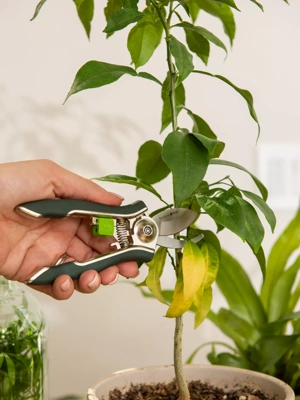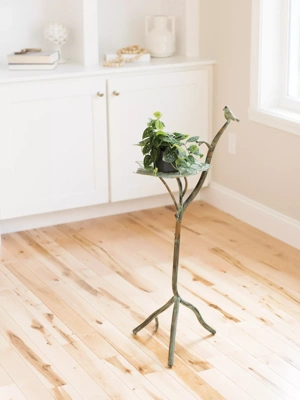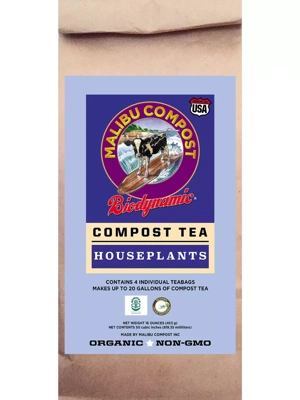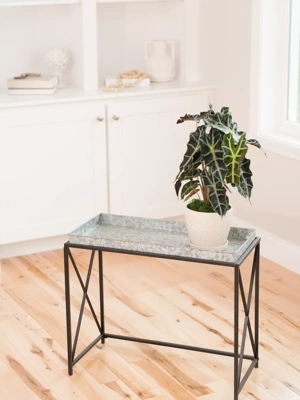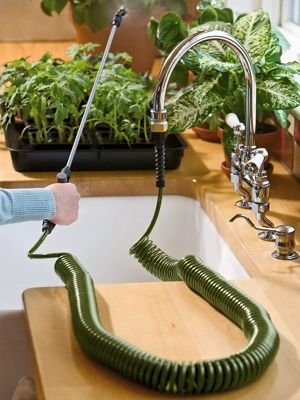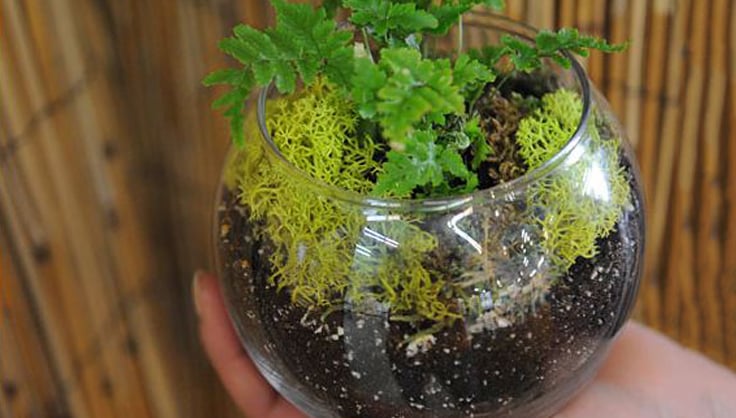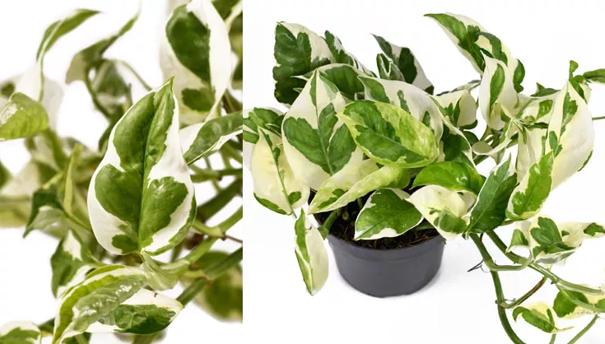How to Grow & Care for Crystal Anthurium

Recommended Varieties
The classic Anthurium crystallinum is a great choice. If you’re looking for variety, Anthurium magnificum and Anthurium clarinervium are close relatives with similar care needs and equally stunning foliage.
How to Care for Anthurium Crystallinums
Caring for Anthurium Crystallinums can be a rewarding experience, as they add an unmatched aesthetic appeal to your indoor garden. Here’s how you can keep these tropical treasures thriving:
Light
Anthurium Crystallinums prefer bright, indirect light. Direct sunlight can scorch their leaves, so a spot near a window with a sheer curtain would be ideal.
Soil
They thrive in a well-draining, airy soil mix. A combination of orchid mix, peat moss, and perlite creates the perfect environment for their roots.
Fertilizing
Feed your Anthurium Crystallinum with a balanced, water-soluble fertilizer every six weeks during the growing season. In winter, reduce feeding as the plant’s growth slows.
Watering
Water when the top inch of soil feels dry. These plants enjoy consistent moisture but don’t like to sit in water, so good drainage is key.
Pruning
Pruning isn’t typically necessary but can be done to remove any yellow or damaged leaves. This will keep your plant looking tidy and encourage new growth.
Repotting
Repot your Anthurium Crystallinum every 2-3 years or when it becomes root-bound. Choose a pot that’s slightly larger than the current one.
Propagation
Propagation can be done through division during repotting. Carefully separate the roots and plant each section in its own pot.
Common Problems with Anthurium Crystallinums
Despite their exotic look, Anthurium Crystallinums are pretty hardy, but they do face some common issues:
Pests and Diseases
Keep an eye out for aphids, mealybugs, and spider mites. Regularly inspecting the leaves and using insecticidal soap can help manage these pests.
Toxicity
Be cautious, as Anthurium Crystallinums are toxic to pets and humans if ingested. It's best to keep them out of reach of curious pets and children.
Anthurium Crystallinums FAQs
Why are my Anthurium Crystallinum’s leaves turning yellow?
Yellow leaves can be a sign of overwatering. Make sure the soil is well-draining and allow the top inch to dry out before watering again.
How can I increase humidity for my Anthurium Crystallinum?
These tropical plants love humidity. You can increase humidity by placing a tray of water near the plant, using a humidifier, or regularly misting the leaves.
Can Anthurium Crystallinum survive in low light?
While they can tolerate low light, their growth will be slower, and the leaves may lose their vibrancy. Aim for bright, indirect light for optimal growth.
Caring for Crystal Anthurium is a delightful journey into the world of tropical plants. They may require a bit of extra attention compared to more common houseplants, but the payoff is a stunning, eye-catching addition to your indoor garden. Whether you’re a green-thumb guru or just starting your plant journey, Anthurium Crystallinum is sure to bring a sense of tropical sophistication to your space.
Last updated: 05/09/2024
Print this Article:
Related items
Related Articles
Get the Dirt
Stay up to date on new articles and advice. Please fill out the information below.


